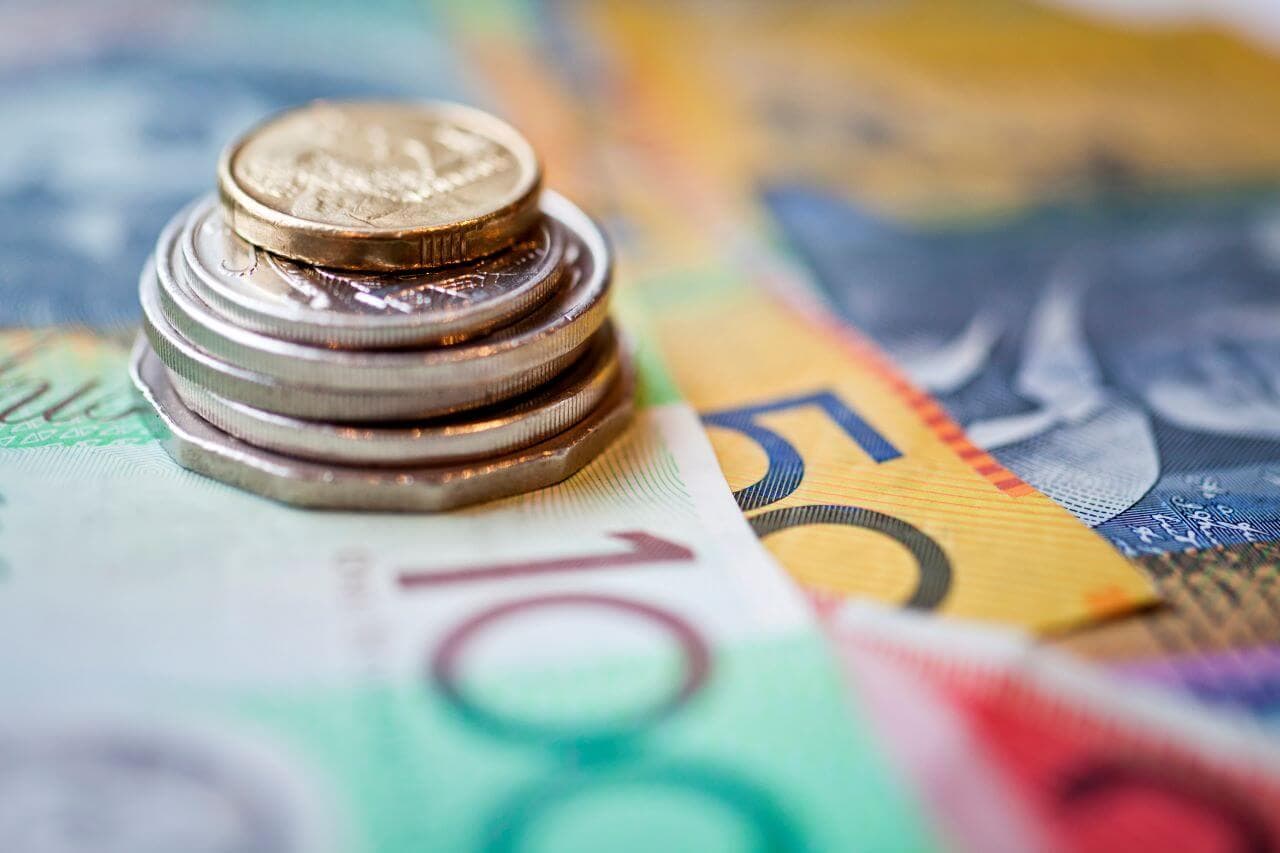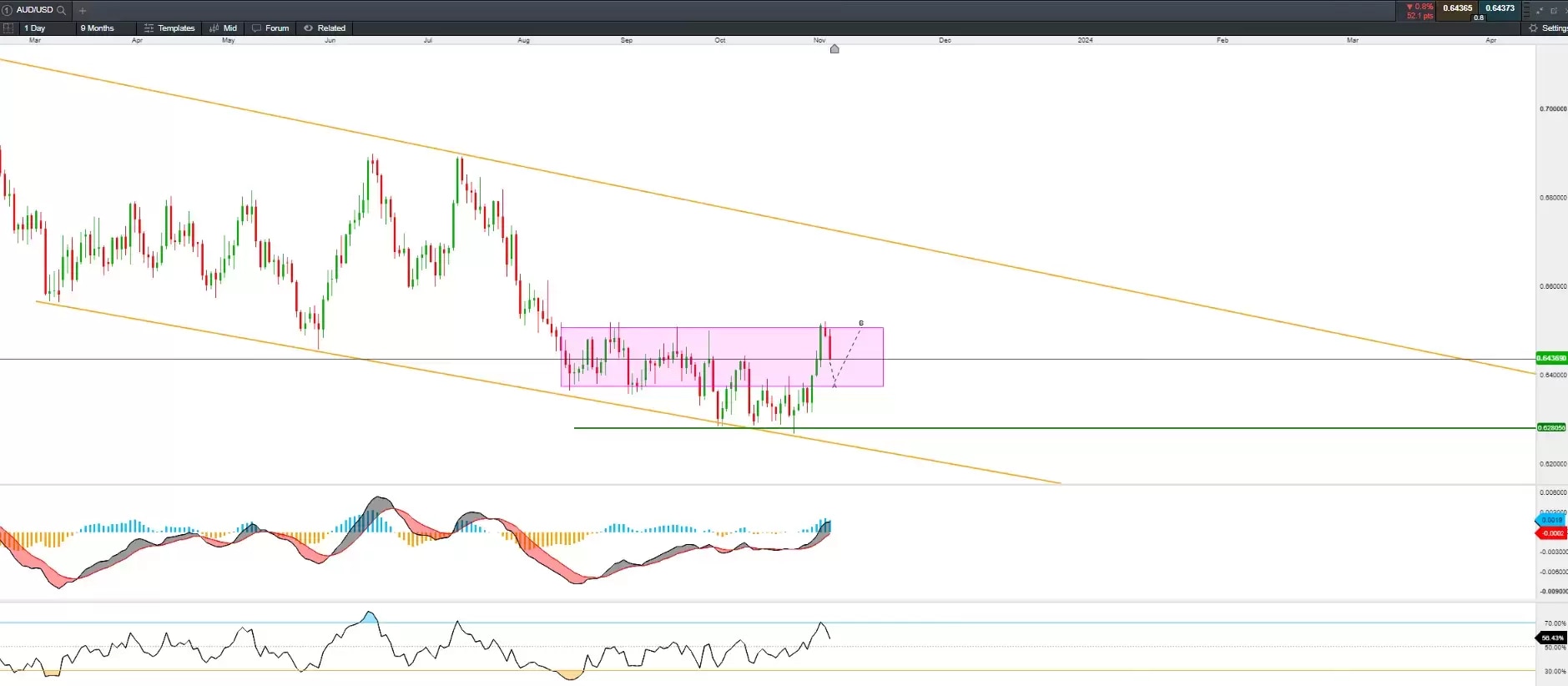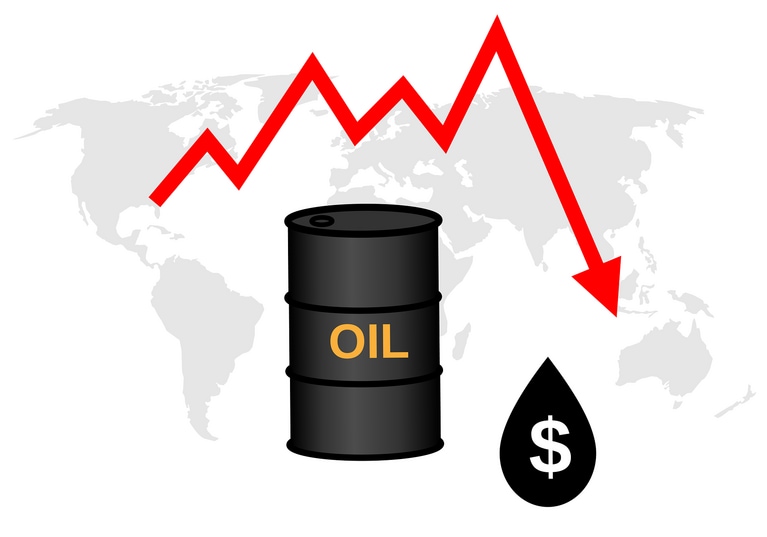The RBA raised the cash rate by 25 basis points to 4.35% at its November policy meeting, in line with market expectations. It was the Reserve Bank of Australia's first move after four consecutive pauses in interest rate hikes due to higher-than-expected inflation due to rising house prices in Australia.
The RBA said in its monetary policy statement that restoring inflation to target is the committee's top priority. Inflation fell faster than previously expected, mainly due to the ongoing price pressure in the service industry. The risk of high inflation will persist for longer as it continues to hurt residents' real income, household consumption, and residential investment, all of which showed weakened growth. Significant uncertainty remains in the economic outlook, and whether further tightening of monetary policy is needed will depend on data and risk assessments. CPI is expected to fall to 3.5% by the end of 2024 and will be at the upper end of the target range of 2% - 3% by the end of 2025.
Market reaction after interest rate hike
Although the RBA raised interest rates as expected, it changed the wording from "further tightening of policy may be necessary" to "further tightening policy needs more data and risk assessment," which was interpreted as dovish by markets. Last week, the Australian dollar rebounded sharply under the influence of expectations of interest rate hikes. The Australian dollar rebounded from around 0.63 to 0.65 against the US dollar, and the Australian dollar against the Chinese yuan rebounded to 4.75. The plunge after the announcement of the interest rate decision was a typical "buy the rumour and sell the fact." Since it is unclear about the RBA’s next move, the Australian dollar has lost its momentum of further rise at this stage.

AUD/USD – 1-hour chart
Source: CMC Markets 7 November 2023
What’s next for the Australian dollar exchange rate?
In the absence of more data and events this week, it may fall into consolidation, and the market may wait for next week's data. For example, the U.S. CPI data for October was released on November 14. If the U.S. CPI continues to cool, it may be certain that the Federal Reserve will suspend rate hikes in December, preventing the interest rate gap between Australia and the United States from widening. In addition, attention should be paid to Australia’s third-quarter salary data and October employment data released on the 15th Nov and 16th Nov. If wage pressures persist and the labour market remains resilient, it may support the Australian dollar. The unemployment rate currently remains at 3.6%, no significant change compared with previous months, while employment data in the United States has slowed down significantly.
For now, the Australian dollar against the US dollar may be moving in the range of the between 0.638 and 0.65.
AUD/USD – Daily chart
Source: CMC Markets 7 November 2023








